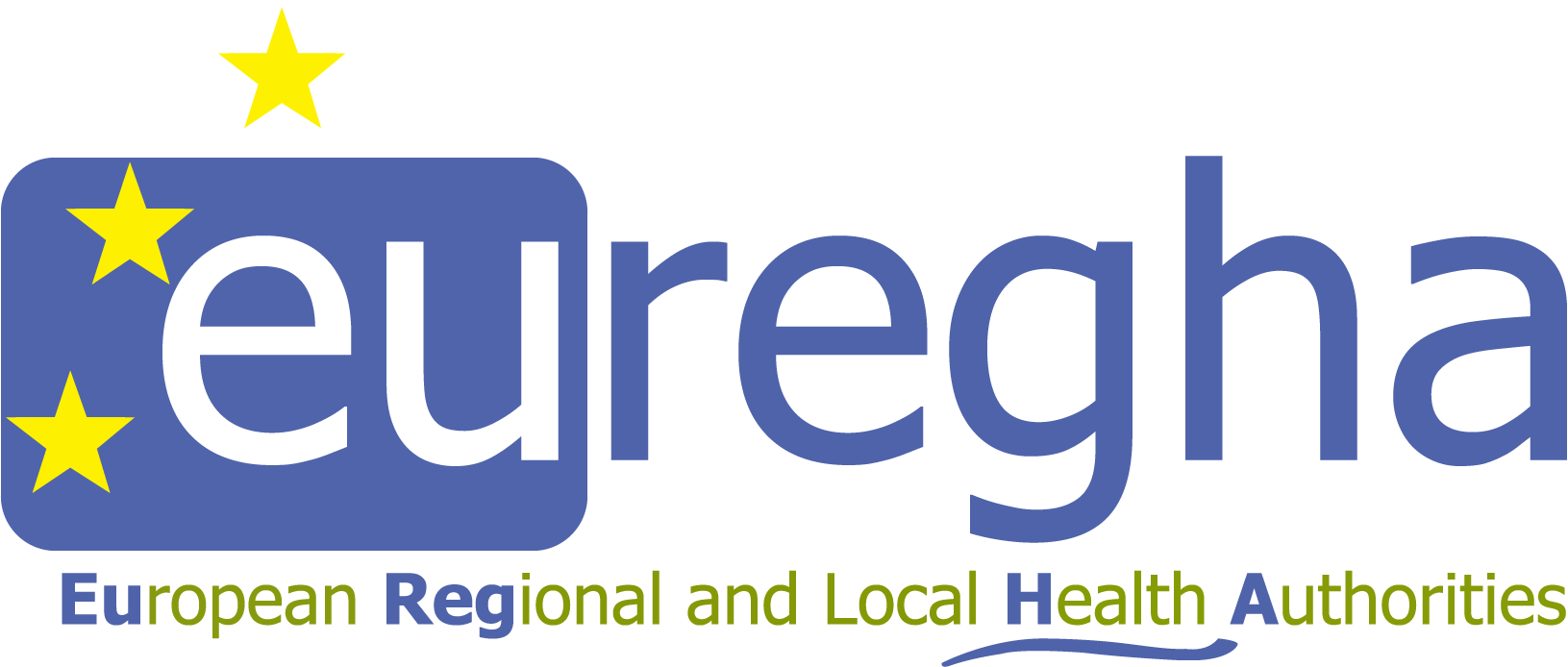
International cooperation and knowledge transfer form an important basis for examining the development of a pandemic, such as COVID-19, in border regions. Last week, euPrevent, GGD Zuid Limburg, Gesundheitsamt Düren, and Maastricht University published a report examining the development of COVID-19 in the border region between the Netherlands, Germany, and Belgium. A mixed method study was conducted at the request of the Province of Limburg (also on behalf of Gelderland and Overijssel), the Staatskanzlei of the Land North Rhine-Westphalia (NRW), and the Dutch Ministry of the Interior and Kingdom Relations and consisted of a quantitative analysis combined with expert interviews (individuals involved in combating COVID-19 practice or at policy level.
The research assignment set out to answer the question of whether it makes sense, from a medical perspective, to close a border in times of a pandemic. In addition, COVID-19 trends between border regions in the Netherlands, Germany, and Belgium were compared using data from four regions on cases, testing (positivity rate), hospitalizations and deaths. These indicators have also been bundled in the Euregional Health Atlas and are updated daily, providing a continuous lens on the development of COVID-19 in the regions Meuse-Rhine, Rhine-Meuse North, Rhine-Waal, and Enschede-Münster.
There were no significant differences found between the border area and the rest of the country, suggesting the role of cross-border traffic in virus transmission in this area is limited. While significant differences between countries existed, not only in terms of data but also looking at prevention and containment measures, the study concluded that closing the borders is barely an effective measure against the spread of this virus.
What could be more effective, according to the authors of the report, are structural forms of cooperation between authorities in border regions, facilitated by legislation and regulations in order to embed this firmly into organizational structures. This is necessary to ensure sufficient time and financial resources are allocated. The report stated that, while there certainly is interest in structural cooperation at regional level, the irregularity of cross-border work, lack of resources, and general work pressure obstruct the establishment of permanent cooperation and initiatives often depend on project funding and individual initiatives.
Border regions are areas with specific characteristics that have not been considered thoroughly enough by national governments while enacting measures to combat COVID-19, according to experts outlining the difficulties people in their regions faced due to border closures. People who needed to cross the border to provide or receive care had to overcome additional barriers, in particular with regards to informal care, leading to additional pressure on professional health care systems and generally undesirable situations.
The study also points out a need for a harmonized data structure to enable structural data exchange between border regions, now often hampered by incompatible ICT systems and privacy legislation. More precisely, it is strongly recommended to develop a set of comparable indicators at EU level. The issue of improving data quality and interoperability has been brought to the forefront by COVID-19 and is something that EUREGHA also pointed out in its contribution to the public consultation on the European Health Data Space.
EUREGHA congratulates euPrevent, GGD Zuid Limburg, Gesundheitsamt Düren, and Maastricht University for their valuable work on this report and the Euregional Health Atlas, and for shining a spotlight onto the particular situation of border regions in the fight against COVID-19 and the need for structural cross-border cooperation in health and care.


